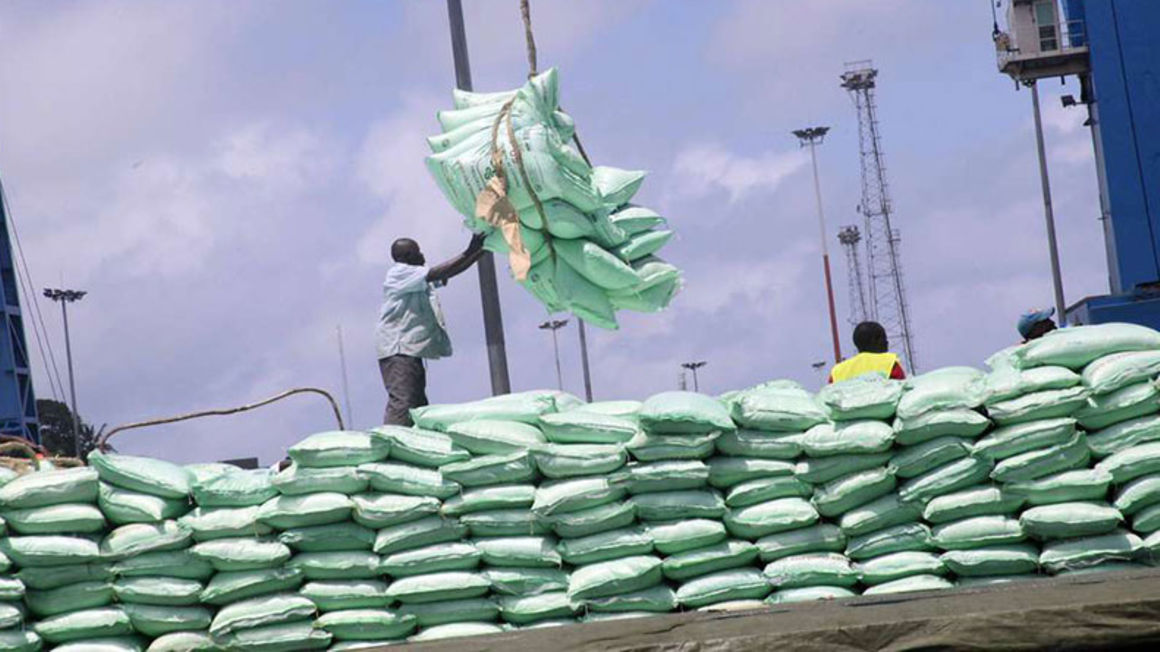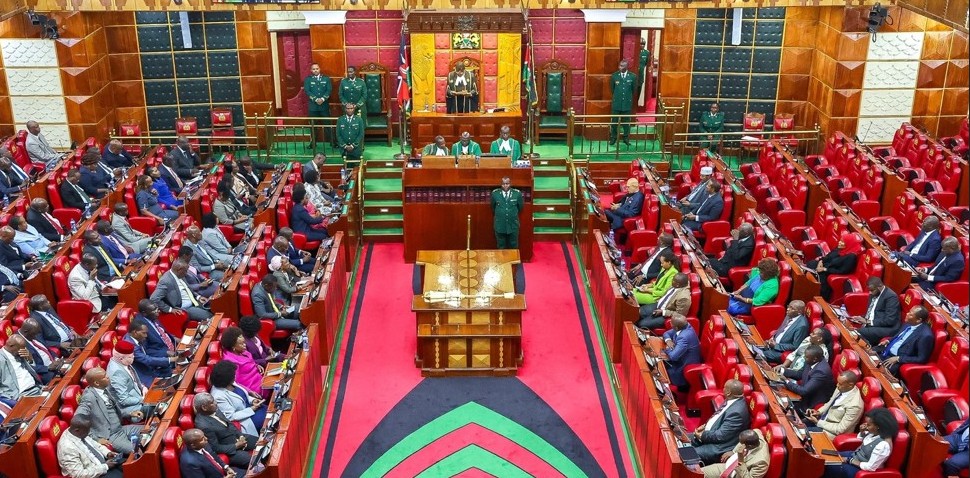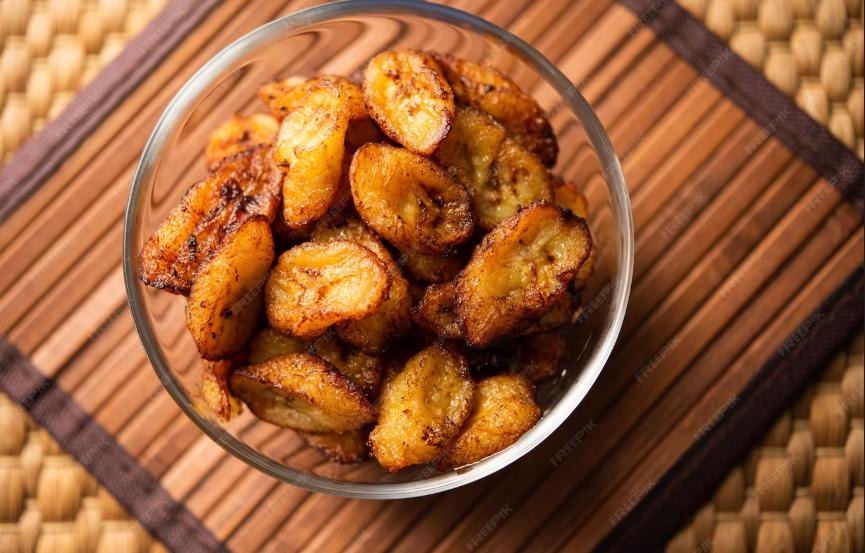Kenya's sugar imports drop 45 per cent as local production surpasses demand

While Kenya produces around 800,000 tonnes of sugar annually, national demand is estimated to be about one million tonnes, leaving a shortfall of 200,000 tonnes.
Kenya has seen a drastic drop in sugar imports, falling by 45 per cent in the third quarter of 2024, thanks to an oversupply of the sweetener in the local market.
The drop is a milestone as the country moves closer to self-sufficiency in sugar production.
More To Read
- EAC trade revenues hit Sh4.9 trillion as regional commerce accelerates
- Sugarcane shortage slashes Kenya’s sugar production by 25 per cent
- Conflicts in DRC and Sudan threaten COMESA integration, warns Secretary-General Chileshe Kapwepwe
- President Ruto takes helm as COMESA chair, urges African-led growth and integration
- President Ruto calls on Africa to embrace digital tools for jobs and growth
- Kenya champions innovation, digital solutions at COMESA summit
According to the Kenya National Bureau of Statistics (KNBS), sugar imports for the three months to September 2024 dropped from 162,189.1 tonnes to 88,372 tonnes, compared to the same period in 2023.
This decline has had a positive effect on Kenya's foreign exchange reserves, with the country spending Sh7.89 billion on sugar imports in 2024, down from Sh15.16 billion in 2023.
The sharp decline in imports follows a year of fluctuating sugar production in Kenya.
In 2023, drought severely reduced local sugar production, exacerbated by a ban on sugar exports imposed by India.
In response, Kenya temporarily allowed duty-free imports of sugar to fill the gap.
Harvesting ban
In addition to the drought, local sugar production in 2023 was also hindered by a ban on the harvesting of immature sugarcane imposed by the Agriculture and Food Authority.
This policy had a ripple effect, even hurting the alcohol industry, as it led to a rise in the price of molasses, which is used to produce ethanol.
As a result, the volume of sugar imports doubled in the third quarter of 2023, rising to 162,189.1 tonnes, compared to 76,170.7 tonnes in the same period in 2022.
The country spent Sh15.16 billion on these imports, a sharp increase from Sh6.09 billion in 2022.
However, with improved weather conditions and the lifting of the cane harvesting ban, sugarcane deliveries to mills increased, leading to an oversupply in the market.
This surge in local production has significantly reduced Kenya's reliance on sugar imports.
In a speech during the 2024 Jamhuri Day celebrations, President William Ruto highlighted the country's progress in sugar production, declaring that Kenya had, for the first time in recent history, surpassed national consumption levels.
Subsidised fertiliser
"In July alone, domestic sugar production reached 84,000 tonnes, surpassing the national monthly consumption average of 40,000 tonnes. For the first time, Kenya is producing enough sugar to meet local demand," Ruto said.
Ruto credited this success to measures such as subsidised fertiliser for sugarcane farmers, the expansion of production by an additional 500,000 acres, and improved management of the sugar sector.
The president also announced the signing of a new sugar law aimed at guiding the sector's growth and pushing the country towards becoming a sugar-exporting nation.
While Kenya produces around 800,000 tonnes of sugar annually, national demand is estimated to be about one million tonnes, leaving a shortfall of 200,000 tonnes.
This gap has historically been filled by duty-free sugar imports, facilitated by safeguards from the Common Market for Eastern and Southern Africa (COMESA).
Top Stories Today











































